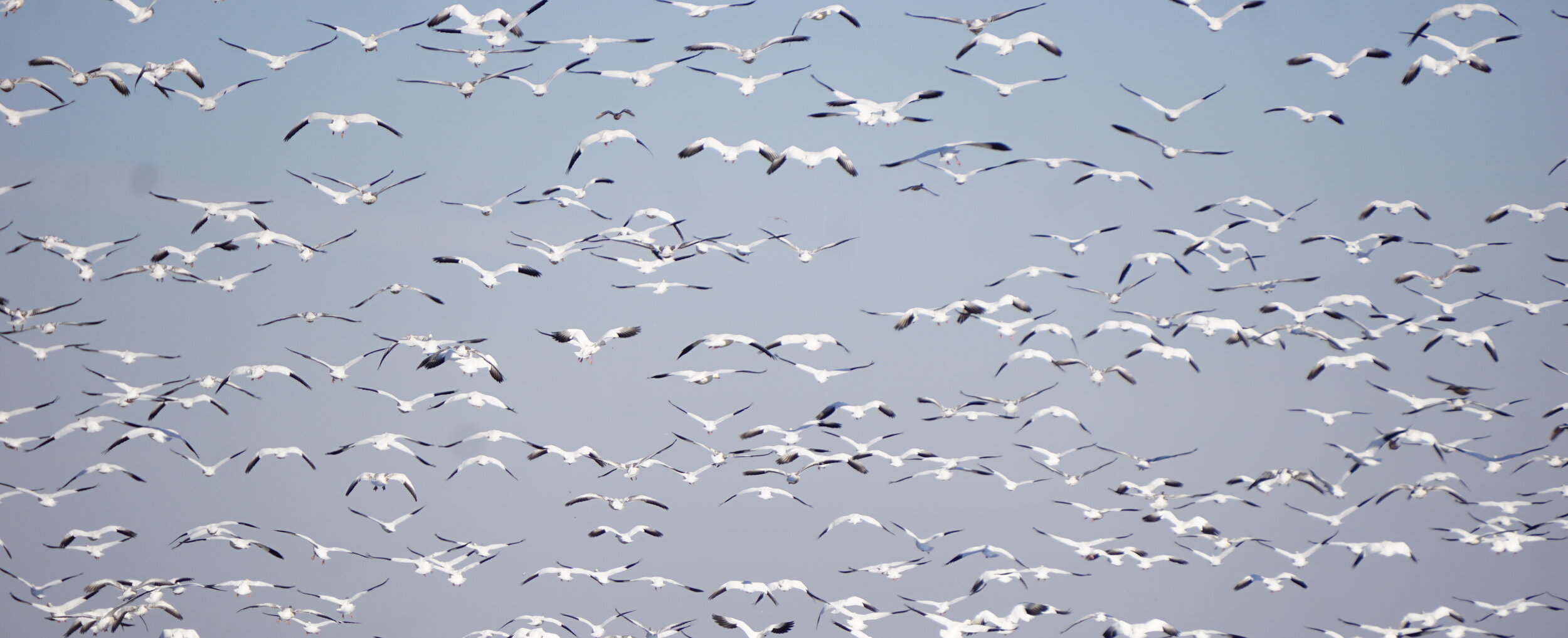
The SOAR Team
People and resources from four universities, two colleges, three NGOs, and two field stations provide opportunities for students to turn their talents towards making a difference in the world.
Colleges
West Valley College: Leticia Gallardo, Barry Thomson, Michelle Geary
Mission College: Paul Nagami
Universities
Stanford University: Rodolfo Dirzo, Katie Glover, Esther Adelsheim, Jorge Ramos
Santa Clara University: Brody Sandel, Virginia Matzek, Janice Edgerly-Rooks, Justen Whittall
San Jose State University: Lynne Trulio, Rachel Lazzeri-Aerts
University of California Santa Cruz: Beth Howard, Abraham Borker
NGOs
San Francisco Bay Bird Observatory: Katie LaBarbera, Dan Wenny
California Academy of Sciences iNaturalist program: Rebecca Johnson, Jack Dumbacher
eBird: Chris Wood, Jenna Curtis
Jasper Ridge Biological Preserve
Stanford University’s Jasper Ridge Biological Preserve - ‘Ootchamin ‘Ooyakma (JRBP’O’O) is in the eastern foothills of the Santa Cruz Mountains, about five miles southwest of the main campus. The preserve encompasses remarkable geologic, topographic, and biotic diversity within its 483 hectares (1,193 acres) and provides a natural laboratory for researchers from all over the world, educational experiences to students and docent-led visitors, and refuge to native plants and animals.
Coyote Creek Field Station
For 40 years, SFBBO scientists and community scientists have conducted bird banding research on passerines at the Coyote Creek Field Station (CCFS) in Milpitas, CA. This is an area where a riparian habitat has been restored. Work here provides valuable information about bird dispersal, migration, behavior, social structure, life span, survival rate, reproductive success, population growth, and habitat restoration.
A Breadth of Deep Biological Expertise
The SOAR team includes specialists in experiential education that emphasizes diversity, equity, and inclusion. Their areas of expertise include avian ecology, plant ecology, restoration ecology, behavioral ecology, spatial ecology, macroecology, paleoecology, conservation biology, molecular biology, invasive-species biology, evolution, genomics, phylogenetics, biodiversity data acquisition and monitoring, network analysis, global change; carbon cycling, museum science, and art.